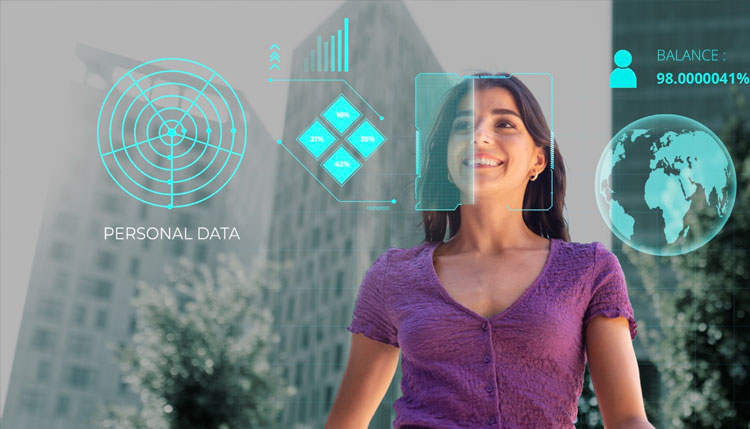
Importance of Biometrics Testing
Biometrics is a pivotal technology for securing data as digital breaches are common. Biometrics testing, crucial for developing and implementing biometric systems, rigorously evaluates their accuracy, reliability, and security. This article explores the significance of biometrics testing and its key aspects, as well as future challenges.
Understanding Biometrics Testing
Biometrics refers to the measurement and statistical analysis of people’s unique physical and behavioural characteristics. Common modalities include fingerprints, facial recognition, iris scans, and voice recognition. Biometrics testing is essential for validating the effectiveness and security of these systems. It involves assessing various performance metrics, such as the false acceptance rate (FAR), false rejection rate (FRR), and the overall accuracy of the system.
Objectives of Biometrics Testing
The primary goal of biometrics testing is to ensure the system’s unwavering reliability in accurately identifying or rejecting individuals without a single error. This is a truly critical imperative, as these biometric systems are deployed in applications with profound implications, ranging from the security of our personal smartphone devices to the high-stakes environment of airport security checkpoints. Rigorous testing is essential to uncover any potential points of failure that could compromise the integrity of the security measures or negatively impact the user experience.
For example, a high false rejection rate (FRR) could inadvertently lock out legitimate users, while a high false acceptance rate (FAR) could grant unauthorized access, posing severe and unacceptable security risks with far-reaching consequences. The meticulous validation of biometric systems is, therefore, a matter of paramount importance, safeguarding our personal information, physical safety, and the overall trust in these transformative technological advancements.
Testing Methodologies
Biometrics testing employs several methodologies, depending on the specific application and technology. These typically include:
- Technical Performance Testing: This tests the biometric system under controlled conditions to measure its accuracy and the conditions under which it may fail.
- Operational and Usability Testing: This evaluates the system’s performance in real-world scenarios to ensure it meets the required practical standards of everyday use.
- Vulnerability Assessment: This involves testing the system against various attack vectors to assess its resistance to spoofing attacks, such as the use of fake fingerprints or manipulated facial images.
The Future of Biometrics Testing
The future of biometrics testing holds immense promise, as it becomes increasingly intertwined with the powerful capabilities of artificial intelligence (AI) and machine learning (ML) technologies. These cutting-edge advancements are poised to revolutionize the field, ushering in a new era of unparalleled accuracy and adaptability. By adopting more advanced AI and ML techniques, biometrics testing can simulate a vast array of real-world scenarios and demographic variations, creating a truly comprehensive and robust testing framework.
This level of sophistication allows for the development of biometric systems that are not only highly reliable but also remarkably adaptable to ever-changing security challenges. Moreover, the integration of continuous learning systems empowers biometric technologies to evolve dynamically, enabling them to adapt and respond to emerging security threats with unparalleled agility. This seamless integration of AI, ML, and biometrics holds the key to unlocking a future where security solutions are not only impenetrable but also highly responsive to the evolving needs of the modern world.
Conclusion
Biometrics testing is a truly vital and indispensable component in the successful deployment of secure and reliable biometric systems. By subjecting these sophisticated systems to rigorous, comprehensive testing protocols, organizations can meticulously validate their capabilities and ensure they are equipped to meet the evolving demands of an increasingly complex digital landscape.
This unwavering commitment to excellence in biometrics testing is absolutely essential for enhancing security measures, building trust among users, and maintaining the integrity and efficacy of cutting-edge biometric security solutions in the years ahead. As technology continues to progress at a breathtaking pace, the methodologies used to test these mission-critical systems must likewise advance, keeping pace with the ever-changing challenges posed by the digital world.
The critical role of biometrics testing cannot be overstated – it is a vital pillar that supports the reliable, trustworthy deployment of these transformative technologies, safeguarding sensitive data and empowering organizations to stay one step ahead of emerging threats. For more information, please write to info@trueid.in.










